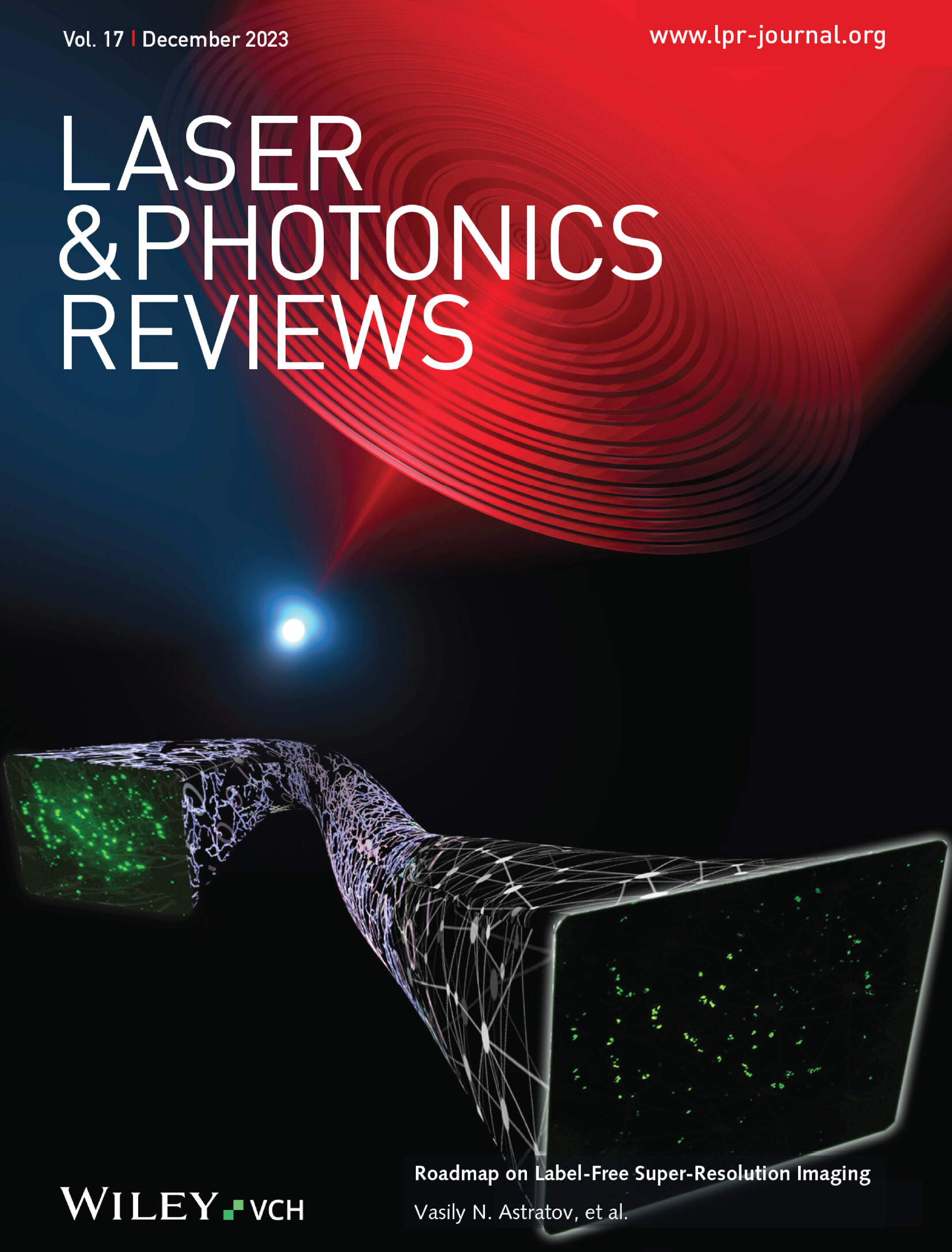Integrated Microwave Photonics Multi-Parameter Measurement System
IF 9.8
1区 物理与天体物理
Q1 OPTICS
引用次数: 0
Abstract
Driven by the growing demands in wireless communication, remote sensing and emerging 6G networks, research on microwave signal measurement techniques has attached intensive attention. Unlike conventional electronic-based approaches, photonics chip-based microwave signal measurement systems offer significant advantages, including broad operation bandwidth, reduced weight, and enhanced resistance to unwanted electromagnetic interference. Despite notable progress in integrated microwave photonic measurement systems, the majority remains constrained by bandwidth below 30 GHz, primarily due to the limitation of modulators. Furthermore, most previous studies focus on the measurement of one single parameter, typically the frequency, limiting their applications in more complex, real-world situations. Here, an on-chip photonic microwave multi-parameter measurement system is presented on the thin-film lithium niobate (TFLN) platform. The system enables measurement of microwave frequency, phase, and amplitude, offering an ultra-high bandwidth (up to 60 GHz) with low root-mean-squared errors: 450 MHz for frequency, 3.43° for phase, and 1.64% for amplitude. Additionally, the system is validated by the time-domain reconstruction of unknown sinusoidal microwave signals based on measurement results. This demonstration further broadens the scope of integrated TFLN photonic devices for microwave signal measurement, providing a viable solution to the bandwidth limitations of existing microwave networks and addressing the increasing demands of future information-driven technologies.

求助全文
约1分钟内获得全文
求助全文
来源期刊
CiteScore
14.20
自引率
5.50%
发文量
314
审稿时长
2 months
期刊介绍:
Laser & Photonics Reviews is a reputable journal that publishes high-quality Reviews, original Research Articles, and Perspectives in the field of photonics and optics. It covers both theoretical and experimental aspects, including recent groundbreaking research, specific advancements, and innovative applications.
As evidence of its impact and recognition, Laser & Photonics Reviews boasts a remarkable 2022 Impact Factor of 11.0, according to the Journal Citation Reports from Clarivate Analytics (2023). Moreover, it holds impressive rankings in the InCites Journal Citation Reports: in 2021, it was ranked 6th out of 101 in the field of Optics, 15th out of 161 in Applied Physics, and 12th out of 69 in Condensed Matter Physics.
The journal uses the ISSN numbers 1863-8880 for print and 1863-8899 for online publications.

 求助内容:
求助内容: 应助结果提醒方式:
应助结果提醒方式:


